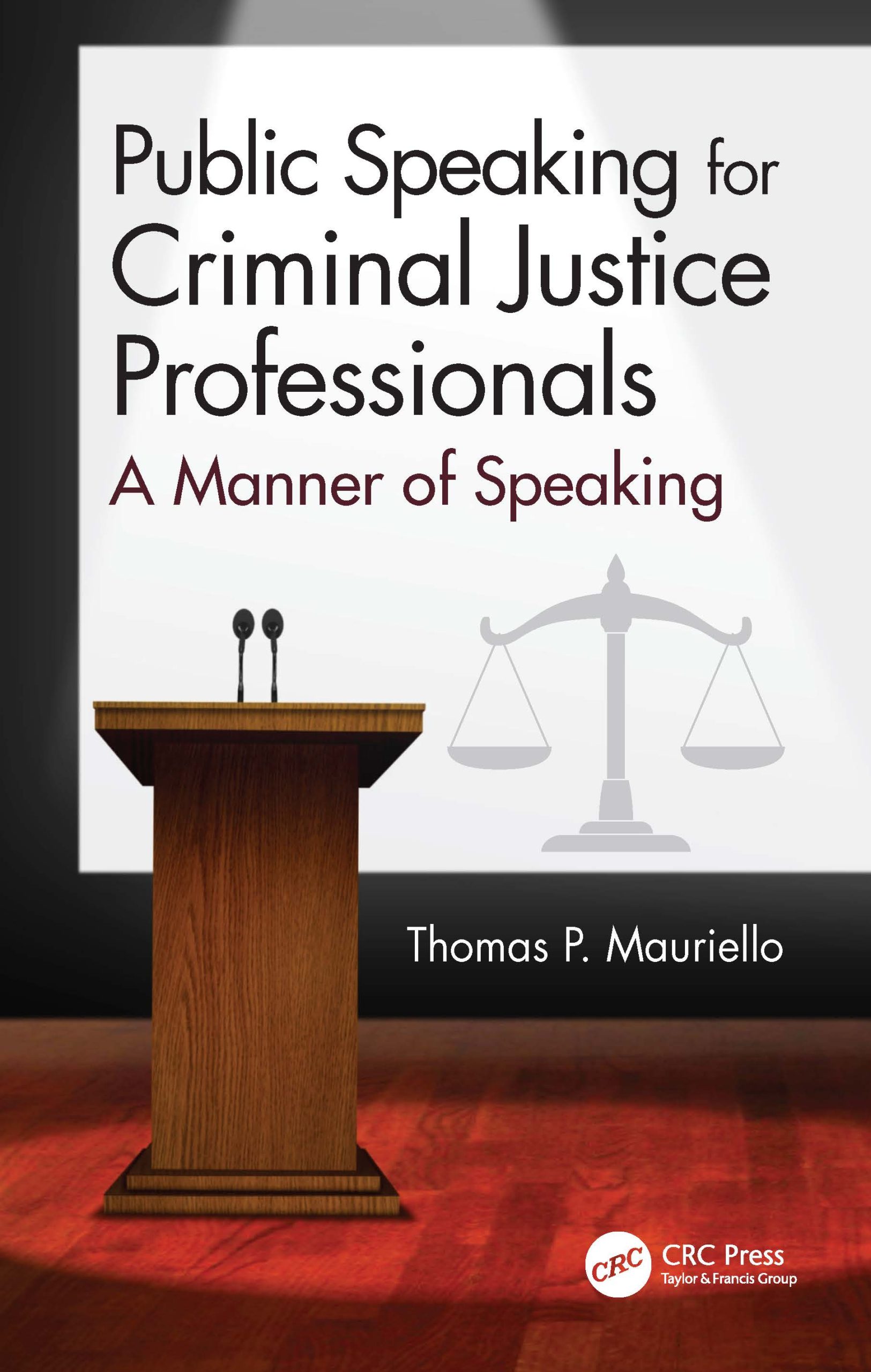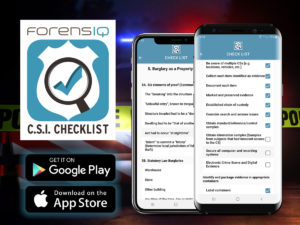3D FingerPrinting
Anil Jain and a team of Michigan State University computer scientists and research collaborator Nick Paulter at the National Institute of Standards and Technology built the first three-dimensional model of a fingerprint. What they develeoped was a method that takes a two-dimensional image of a fingerprint and maps it to a 3D finger surface. It has all the ridges and valleys of the human fingerprint and its made using a 3D printer. They call this a fingerprint “Phantom.” This technology gives a “precise fingerprint model with known properties and features that can be used to calibrate existing technology used to match fingerprints.” This could improve the accuracy in fingerprint sensing and matching.
Anil Jain’s Technical Report on 3D Fingerprint Phantoms
Click here for full article
Source: Michigan State University
[Abstract written by Alicia Terrell, ForensIQ Intern, 030614]
Nile Blue Improves Crime Scene Fingerprinting
West Australian chemists, at Curtin University, are developing a new technique that could provide crime investigators with a safer, simpler and more versatile method for obtaining good quality fingerprints from non-porous surfaces and in wet or humid conditions.
The compound Nile red is presently used, providing investigators with both contrast and photoluminescence, making it easier to detect fingerprints on non-porous materials. Although proven useful, Curtin University’s Professor Simon Lewis states that this is expensive and the process uses toxic materials that pose health and safety risk to personnel. Professor Lewis’s team of researchers have found that when the compound Nile blue A is made up in water, a small amount converts to Nile red in sufficient quantities to develop fingerprints. Nile blue A is a less expensive reagent and can be used on non-porous surfaces like ceramic, glass, plastics, and adhesive tape.
Professor Lewis also states that while more work needs to be done, testing shows great potential for the new process, particularly in staff training and for use in developing countries. The main objective of his Australian research team is to improve crime scene fingerprinting by finding a way to obtain clear prints from different surfaces and extracting clear prints in wet or humid conditions.
Interested in reading more about improvements in crime scene fingerprinting? Click here!
Source: Science Network Western Australia
[Abstract written by Noel Andres, ForensIQ Intern 2/27/14]
Smart Gun
With the height of gun control debate there is a new technology that can possibly bring some ease. A large firearm store in California has added to its inventory a smart gun called the Armatix iP1. What is so unique about this firearm is the accessory that is required with its purchase. For this smart gun to fire a watch has to be worn. There are electronic chips in the watch and the gun that communicate with each other. If the watch is close enough to the gun a green light turns on and it is able to be fired. This could change the future of gun making technology.
Click here for full article
Source: Washington Post
[Abstract written by Alicia Terrell, ForensIQ Intern, 022714]
First-ever Application of Rapid DNA Technology
The Palm Bay Police Department in Florida was the first to use Rapid DNA technology in a criminal investigation. The DNA profiles were obtained from California based IntegenX’s RapidHIT 200. It is one of two stand-alone devices available in the world that can produce DNA profiles in less than 90-minutes. In January 2014, the Criminal Investigations Division (CID) began processing samples from active criminal cases. The results from the RapidHIT 200 were compared to those from a lab and more than 100 samples matched. The Palm Bay PD is now using the RapidHIT 200 weekly. Chief Doug Muldoon of the Palm Bay PD is very satisfied with the technology saying “The ability to solve selected crimes in less than a day is essential to protecting the public.”
Click here for full article
Source: Space Coast Daily
[Abstract written by Alicia Terrell, ForensIQ Intern, 022714]
6 Don’ts of Crime Scene Laser Scanning
Documenting crime scenes is important and crucial business, and with technology advancing at such a rapid pace it is becoming easier to do. One advancement that has helped the documentation of crime scenes is that of laser scanning, a method of using lasers to digitally construct a three dimensional copy of the crime scene. Advances with this technology have made it even easier and more efficient to accurately document crime scenes while preserving the integrity of both the scene and the scan data. However, no method is perfect and provided in this article is a list, with thorough explanations, of six don’ts when it comes to using laser scanning technology to document your crime scene.
Click here to view the entire article.
[Abstract written by Walter Tates, Forensiq Inc. Intern. 021914]






